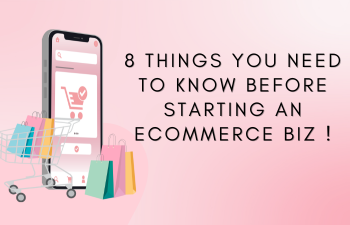 Ecommerce
Ecommerce
Everything you need to know about e-commerce
About E-commerce, It has revolutionized the way businesses operate, allowing them to sell products and services online to a global audience. When it comes to e-commerce, having high-quality and compelling content is crucial for attracting and engaging customers
Product Descriptions:
Well-crafted product descriptions are essential for conveying the features, benefits, and value of your products. Focus on highlighting unique selling points, addressing customer pain points, and using persuasive language to encourage conversions. Optimize product descriptions with relevant keywords for better search engine visibility.
Visual Content:
In e-commerce, visuals play a significant role in capturing customers’ attention. High-resolution product images from various angles, zoom capabilities, and even 360-degree views can help customers make informed purchasing decisions. Additionally, consider using videos, infographics, and lifestyle images to showcase products in action and provide a richer user experience.

User-Generated Content (UGC):
Incorporating UGC into your e-commerce content can boost authenticity and trust. Encourage customers to leave reviews, ratings, and testimonials for your products. Share UGC on your product pages and social media platforms to build social proof and credibility.
SEO Optimization:
Implementing search engine optimization (SEO) techniques is crucial for e-commerce success. Conduct keyword research to understand the terms customers use to find products like yours. Optimize your website, category pages, and product descriptions with relevant keywords, meta tags, and headers to improve search engine rankings and organic visibility.
Content Personalization:
Tailoring content to individual customers can enhance their shopping experience. Leverage customer data, such as purchase history, browsing behavior, and demographic information, to personalize product recommendations, emails, and content suggestions. This can increase customer engagement, loyalty, and conversions.
Content Marketing:
Beyond product descriptions, content marketing is an effective way to drive traffic, build brand authority, and nurture customer relationships. Create and share relevant, informative, and engaging content through blog articles, guides, tutorials, and videos. Align your content with your target audience’s interests, pain points, and industry trends to attract and engage potential customers.
Mobile Optimization:
With the rise of mobile shopping, optimizing your e-commerce content for mobile devices is critical. Ensure your website is responsive and mobile-friendly to provide a seamless user experience. Pay attention to page load times, mobile navigation, and the overall mobile interface to reduce friction and increase conversions.
Social Media Integration:
Social media platforms offer excellent opportunities to showcase your products, engage with customers, and drive traffic to your e-commerce store. Integrate social sharing buttons, encourage social sharing of your products, and maintain an active presence on platforms relevant to your target audience. Use social media advertising to amplify your reach and attract new customers.
Clear Call-to-Action (CTA):
To guide customers through the purchasing process, include clear and compelling CTAs throughout your e-commerce content. Use action-oriented language and visually prominent buttons to prompt customers to add items to their carts, proceed to checkout, or sign up for newsletters.
Analytics and Optimization:
Regularly analyze e-commerce content performance using web analytics tools. Monitor metrics like conversion rates, bounce rates, and time spent on pages to identify areas for improvement. A/B testing different content elements, layouts, and CTAs can help optimize your e-commerce content for maximum results.
By focusing on high-quality product descriptions, engaging visuals, SEO optimization, personalization, content marketing, mobile optimization, social media integration, clear CTAs, and data-driven optimization, you can create compelling e-commerce content that drives traffic, boosts conversions, and enhances the overall customer experience


